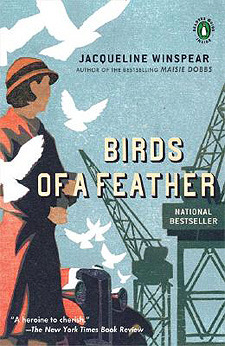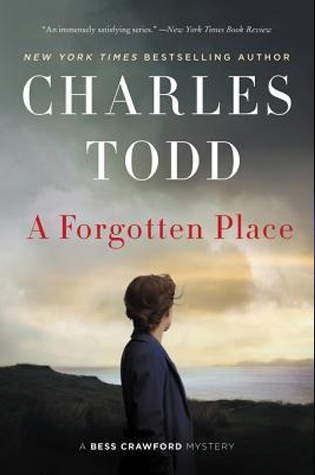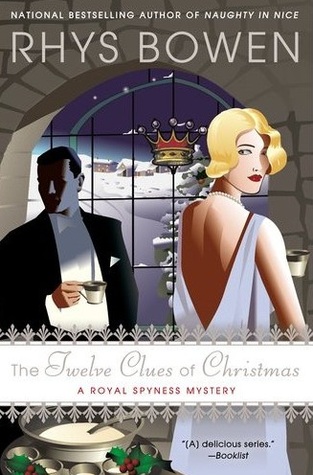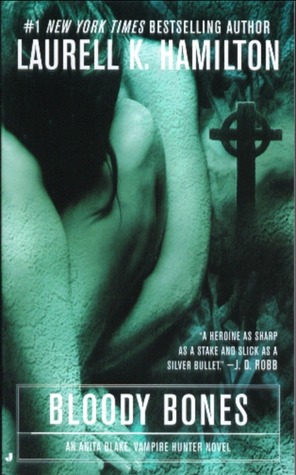I received this book for free from the library in exchange for an honest review. This does not affect my opinion of the book or the content of my review.

Messenger of Truth
by
Jacqueline Winspear
It is part of the Maisie Dobbs #4 series and is a historical mystery in Hardcover edition that was published by Henry Holt and Co. on August 22, 2006 and has 322 pages.
Explore it on Goodreads or Amazon
Other books in this series include [books_series]
Other books by this author which I have reviewed include Maisie Dobbs, Birds of a Feather, Pardonable Lies, An Incomplete Revenge, A Lesson in Secrets, The Mapping of Love and Death, Among the Mad, A Dangerous Place, Journey to Munich, In This Grave Hour, To Die But Once, The American Agent
Fourth in the Maisie Dobbs historical mystery set in December 1930 London and revolving around a woman who incorporates a meditative psychology with her detective work.
In 2007, Messenger of Truth was nominated for the Macavity Award for Sue Feder Historical Mystery, and in 2006, it was nominated for the Agatha Award for Best Novel.
My Take
In this story, we explore the lives of artists, painters, a writer, and a musician. What makes them tick, the places they work. What spurs them on. As for the coast at Dungeness, I don’t think it has anything to do with all the red herrings in this.
Oh, god, this was so incredibly sad. Such talent ended. A family devastated. Then when you include the effects of the so-called Great War on so many men. The government that forces them into doing their bit, and then abandons them when they no longer need them. Much like today. Nothing much has changed. And I suspect that’s a large part of what makes me so sad.
An underlying theme that haunts both Maisie and Billy is the contrast between the haves and have-nots. The money that is spent on art while hundreds suffer from the cold, hunger, and the inability to afford medical help. The description Winspear provides about the state of medical care in this time period is…enlightening.
There wasn’t the same emphasis on the mind in this story. Previously, Winspear has been much more explicit on how Maisie gets into a person’s mind and sets them at ease. This was more of a background tool in this story. Not something that stood out.
Huh, interesting bit of background on Joyston-Hicks. Someone I want to read more about as it puts an explanation into all those stories of clubs and pubs being raided in the 1920s. There’s also a side blip into the propaganda of war. The hideousness of ignorance when it comes to the perception of what is cowardice.
Oh, I absolutely loved the description of Nick’s transformation of the railway carriages into a home and studio. I want one!
Money doesn’t solve people’s problems. It won’t make them happy or sad in their own lives, but. What it does is take the pressure off. Make it possible to pursue whatever path a person needs to walk and explore to deal with what does make them happy or sad. Billy and the decisions he will make in the future are just as important as the realities that the Bassington-Hopes have to face. Yes, the B-Hs can do it with more comfort than the Beales, and yet the emotional turmoils they must endure are similar. That stiff upper lip that kept the B-Hs apart from each other, preventing them from understanding and comforting each other led to their current misery. If a similar pride suffered by Billy had been cracked sooner, perhaps they wouldn’t be as distressed as they are now. It’s the same, just on different levels.
I am curious as to where Winspear will take Maisie after these events in Messenger of Truth. She’s had some setbacks, a painful moment of liberation, and a new independence with which to work. Where it takes her in An Incomplete Revenge is the next mystery.
I was going to whine about Winspear’s confusion over the use of bale versus bail, but in my research, I discovered that the English seem to be split 50-50 over which is more appropriate. Ah…English…the language of precision and confusion…
The Story
Nick Bassington-Hope is dead. The police call it an accident. His twin sister calls it murder and asks Maisie Dobbs for her help. It’s a difficult case, but more so because of the anger it rouses in Maisie and Billy.
The contrast between the easy life enjoyed by people like Georgina Bassington-Hope and her contemporaries compared to the struggle to survive suffered by Billy and his extended family. The threat to their very lives as they struggle to care for children stricken with mortal illness.
But the Billy Beales of the world are not alone in struggle, for Georgina and Nick, their family, also struggle with the aftermath of war. The horror they have all experienced, that each strives to understand, the strain of having survived.
And Maisie is being followed.
The Characters
Maisie Dobbs was raised up and educated far beyond her original station in life. The daughter of a costermonger, she had been fated to perform at a service level, but service to Lord and Lady Compton and friendship with Maurice enabled her to fulfill her abilities and she now works as a psychologist and detective, working to resolve the earthly and mental problems of others. And, yes, she did buy herself a flat and move out of Ebury Place. She’s been seeing Dr. Andrew Dene, another of Maurice’s protege’s. Priscilla Evernden Partridge is Maisie’s best friend from Girton (see Pardonable Lies).
Billy Beale is Maisie’s assistant and he will have his own familial traumas to suffer through. Doreen is his wife and his children are suffering, but not as much as little Lizzie. Doreen’s sister and her family have moved in with them since Jim lost his carpentry job.
Dr. Maurice Blanche — an expert in legal medicine, a psychologist and philosopher, and Maisie’s mentor — is retired now and living in a cottage on the Comptons’ country estate along with Francis Dobbs, Maisie’s father, now working as Lady Compton’s head groom. Lady Rowan Compton was her sponsor and supporter with the acquiescence of her husband Lord Julian Compton. Sandra was one of the maids at Ebury Place; she’s now engaged to Eric, the former chauffeur who has found work with Reg Martin at the garage.
I think Detective Inspector Richard Stratton has given up on dating Maisie, although he does refer cases to her and hire her as a consultant for Scotland Yard. Doris Watts is one of the first women who work undercover for the Yard. Inspector Vance is a jerk. Tucker is with Customs and Excise and he’s a conscienceless jerk as well.
Georgina Bassington-Hope is a surviving twin and determined to learn the truth of her brother Nick‘s death. She and her brother are two sides of the same coin: she is intrepid in searching for the truth of war through the use of words while Nick searched for its meaning through his paintings. Noelle Grant is their oldest sister, Godfrey‘s widow, and the only one in the family with no artistic talent. Harry is the baby of the family, a talented musician, but absolutely hopeless morally. Their parents, Emma and Piers, are also incredibly creative.
Alex Courtman and Duncan Haywood are fellow artists who were helping Nick to install the secret artwork. Friends since the Slade, they and a third friend and fellow artist, Quentin Trayner, had all joined the army at the same time.
Stig Svenson is the art dealer who has been encouraging and funding Nick’s work. Arthur Levitt is a guard at Svenson’s gallery. Randolph Bradley is a rich American who has been purchasing Nick’s work. He’ll buy it sight unseen and he’s desperate to purchase the huge unknown work Nick had been keeping secret. A man I despise and admire at the same time. Amos White, a retired fisherman at Dungeness, has been working with Rowland and Tom Draper. Oswald Mosley makes an appearance. It’s interesting to read the different perspectives on him.
Dame Constance is the abbess at Camden Abbey in Romney Marsh. Simon Lynch is Maisie’s first and, so far, only real love. He suffered a dreadful head wound in World War I and has been hospitalized ever since.
The Cover and Title
The cover is very much in keeping with the Art Deco style of the previous covers with Maisie all bundled up and out on the beach, a fishing boat pulled up on the strand behind her, a lonely lighthouse in the background with a massive cloud billowing up behind her, a sense of overshadowing doom, of a blowing up, and yet peaceful with a full moon peeking from behind.
The title is too true for both Maisie and Nick. Both are a Messenger of Truth, and everyone is the better for it.
There is a quotation at the start of the book. I recommend reading it after you’ve finished for a much greater impact.















